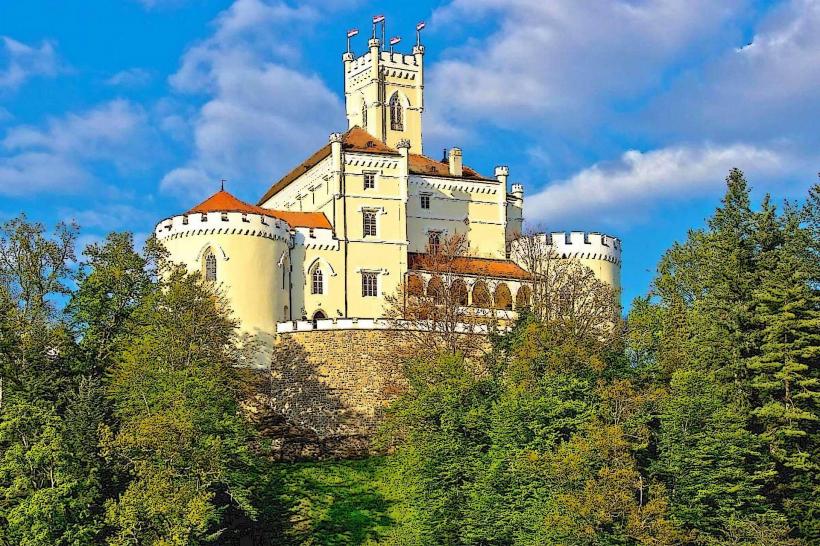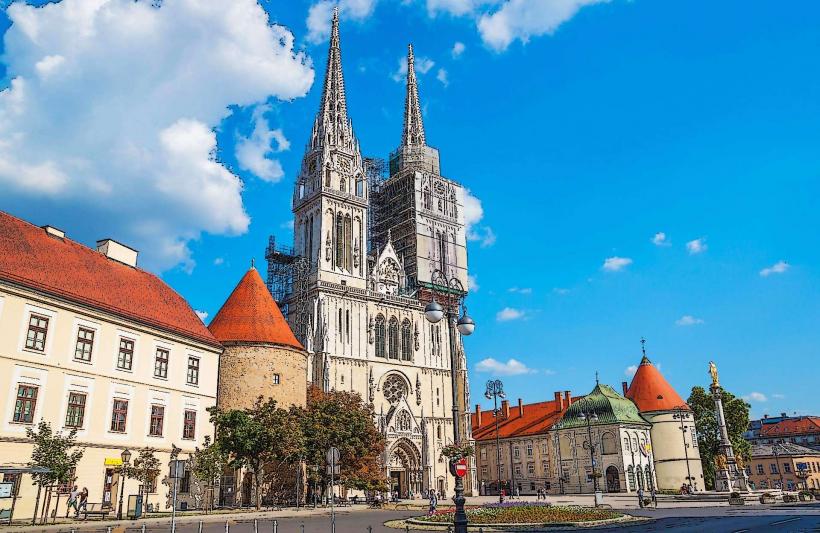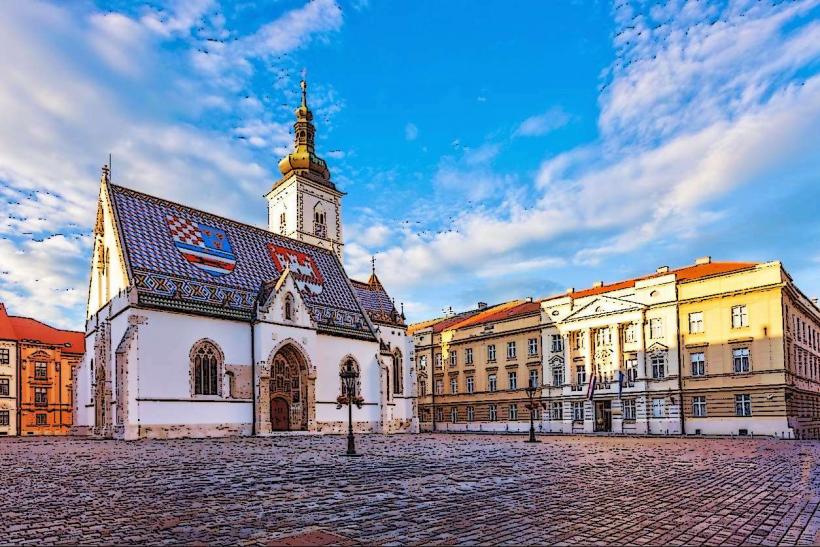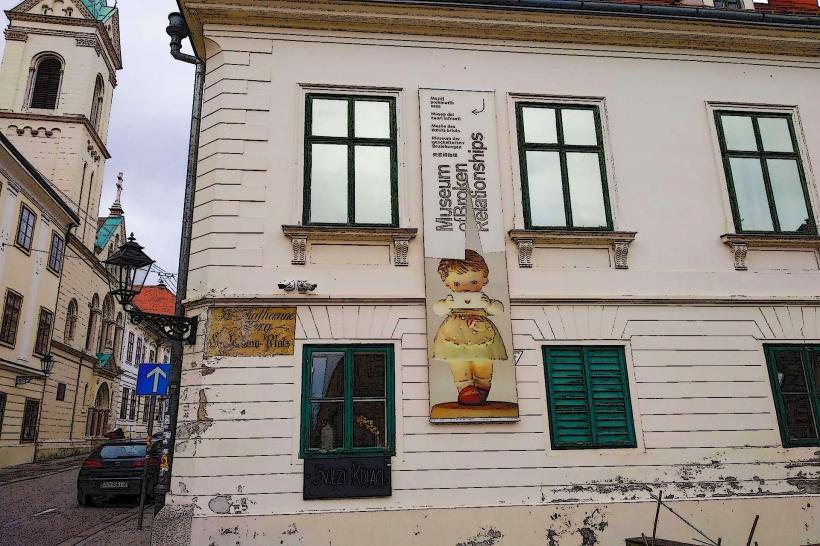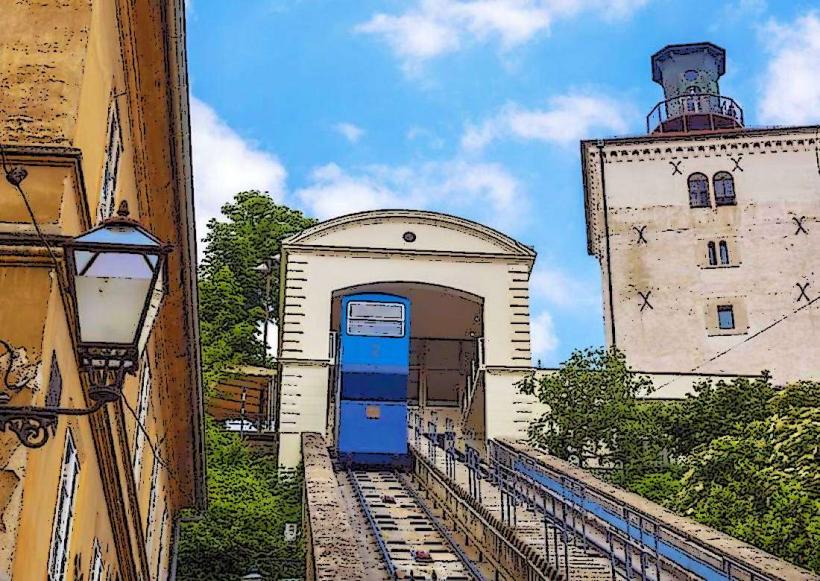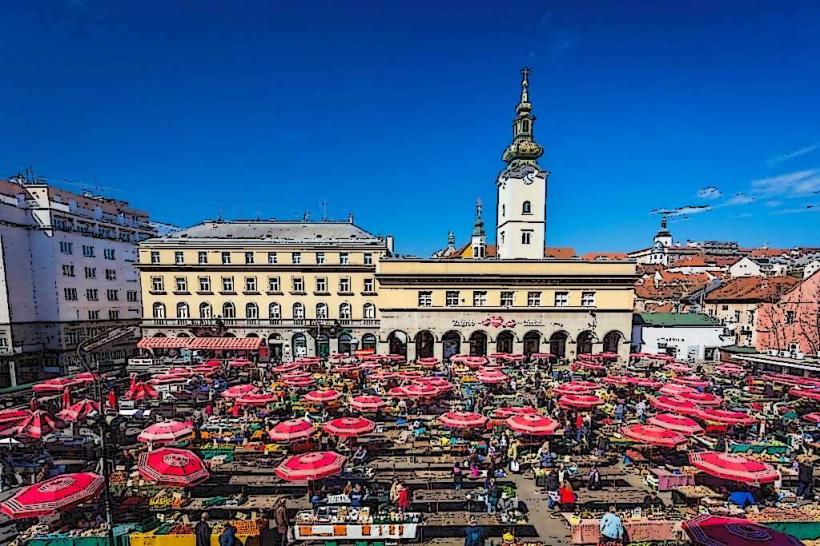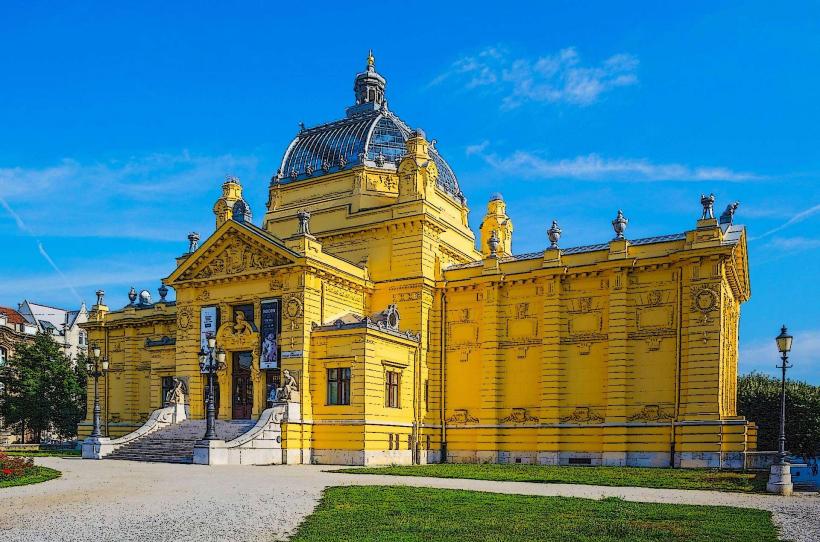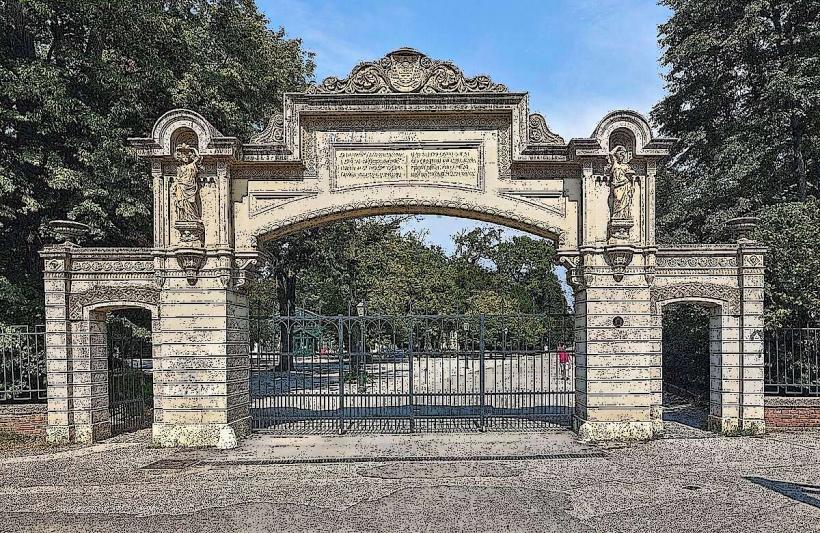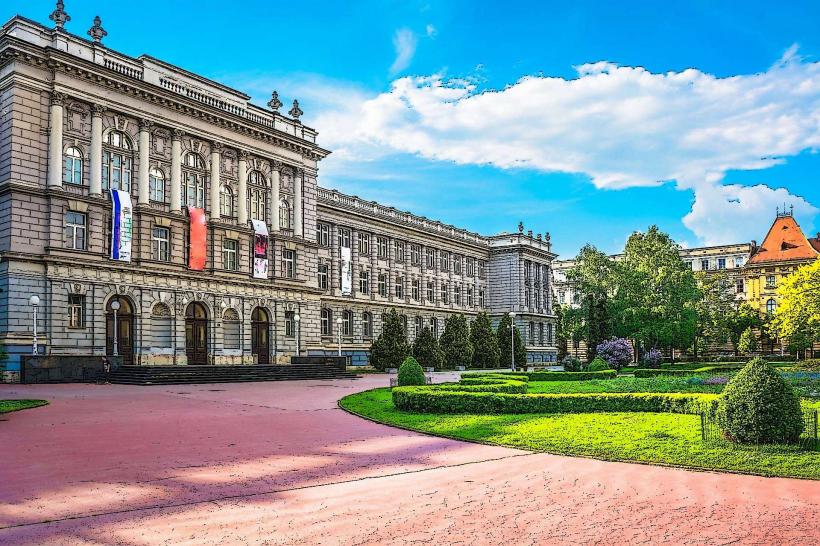Information
Landmark: Ban Jelačić SquareCity: Zagreb
Country: Croatia
Continent: Europe
Ban Jelačić Square
Ban Jelačić Square (Croatian: Trg bana Jelačića) is the central hub of Zagreb and one of the most iconic locations in Croatia. It serves as a focal point for the city’s cultural, social, and commercial life, where locals and visitors gather for events, shopping, dining, or simply enjoying the vibrant atmosphere.
Historical Overview
- Establishment: The square dates back to the 17th century when it was originally an open marketplace. Over time, it evolved into the city’s central square, reflecting Zagreb's urban and social development.
- Name Changes: The square has undergone several name changes throughout history, reflecting political and cultural shifts:
- Originally named Harmica, referencing a tax on goods sold at the market.
- In 1848, it was renamed after Ban Josip Jelačić, a Croatian hero known for uniting Croatia and fighting for independence.
- During the Yugoslav era, it was briefly renamed Republic Square before returning to its current name in 1990 after Croatian independence.
- Statue of Ban Jelačić: The equestrian statue of Ban Josip Jelačić, erected in 1866, is the square’s centerpiece. It was removed during the communist era (1947) but reinstated in 1990 as a symbol of Croatian identity and pride.
Design and Architecture
- Layout: The square features a mix of historic and modern architecture, with buildings in styles ranging from Baroque to Art Nouveau and contemporary designs.
- Buildings: Notable structures include the Kavkaz Building, the Ban Centar, and the iconic Central Post Office, each contributing to the square's unique aesthetic.
- Fountain: The Manduševac Fountain, located near the statue, is tied to a local legend about the city’s name. According to folklore, a thirsty girl named Manda fetched water from a spring, and her action led to the name "Zagreb," derived from "zagrabiti" (to scoop).
Cultural and Social Significance
- Meeting Point: Known simply as "The Square" to locals, it is the city’s primary meeting spot. Many people say, "See you at the clock," referring to the digital clock on the square.
- Events and Celebrations:
- Public Gatherings: The square hosts concerts, festivals, political rallies, and sports celebrations.
- New Year’s Eve: Ban Jelačić Square is a popular spot for Zagreb's New Year’s Eve celebrations, complete with music, fireworks, and a lively crowd.
- Advent in Zagreb: During December, the square transforms into a winter wonderland as part of Zagreb’s award-winning Christmas market.
- Shops and Cafés: The square is surrounded by shops, boutiques, and cafés, making it a popular place for shopping and leisure. Major Croatian and international brands can be found here, along with traditional establishments.
Transportation Hub
- Tram Network: Ban Jelačić Square is the heart of Zagreb's extensive tram system. Several tram lines converge here, making it a central point for exploring the city.
- Pedestrian Zone: The square itself is mostly car-free, making it a pleasant area to stroll and relax.
Nearby Attractions
Ban Jelačić Square is ideally located for exploring other key attractions in Zagreb:
- Dolac Market: Just a short walk away, this open-air market is famous for fresh produce, local cheeses, and handmade crafts.
- Tkalčićeva Street: A lively pedestrian street filled with restaurants, bars, and boutique shops.
- Zagreb Cathedral: Visible from the square, this Gothic masterpiece is a must-visit landmark.
- Upper Town (Gornji Grad): Accessible via a short uphill walk or the historic funicular, this area is home to St. Mark’s Church, museums, and panoramic views of the city.
Legend of Manduševac Fountain
The Manduševac Fountain is tied to a romantic legend that has become a beloved story in Zagreb's history. The tale goes that when the city was founded, a soldier returning from battle asked a girl named Manda to fetch him water from a spring. Her act of kindness led to the naming of the spring (Manduševac) and the city (Zagreb). Today, the fountain remains a popular meeting spot, and tossing a coin into its waters is said to bring good luck.
Fun Facts
- Statue Direction: Originally, the statue of Ban Jelačić faced north, symbolizing the defense against Hungary. Today, it faces south, symbolizing unity within Croatia.
- Heart of Zagreb: Locals often say, "If you haven’t been to Ban Jelačić Square, you haven’t been to Zagreb!"
- Cultural Crossroads: The square has been a witness to centuries of history, including medieval markets, political movements, and modern celebrations.
Ban Jelačić Square is more than just the geographical center of Zagreb; it’s the beating heart of the city, where history, culture, and everyday life come together. Whether you're admiring the architecture, enjoying a coffee, or simply soaking in the lively atmosphere, it’s a must-visit destination for anyone exploring Zagreb.

